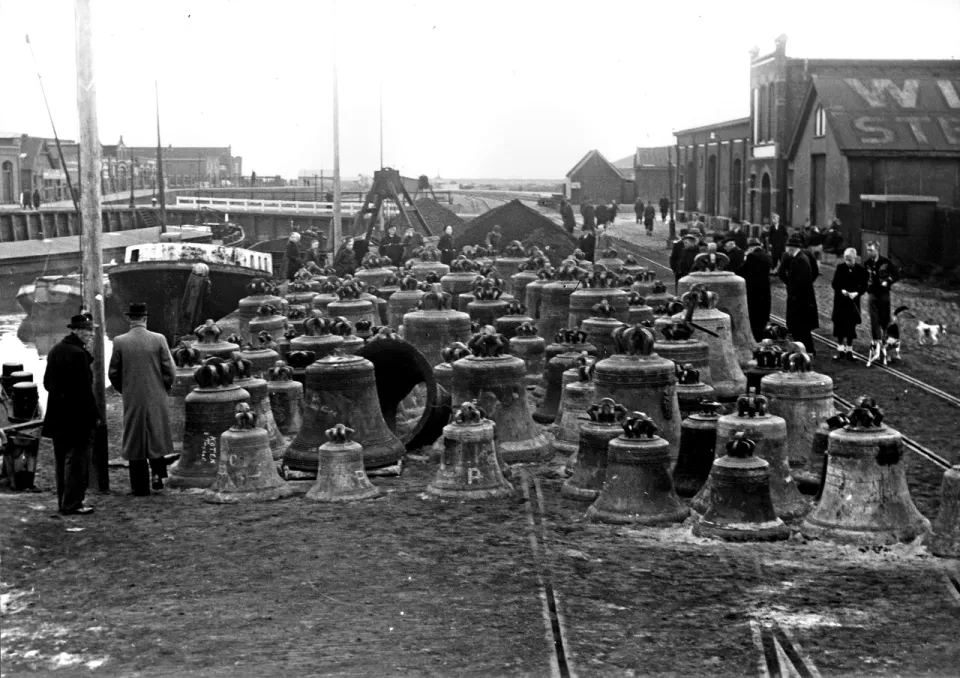Locations
2233 to 2256 of 5487 results
-
Oude postkantoor
Oude postkantoor Wolvega
Wolvega
from your location
-
Yachtcharter Wetterwille - Valk-Voyager 1450 Maxima
Yachtcharter Wetterwille - Valk-Voyager 1450 Maxima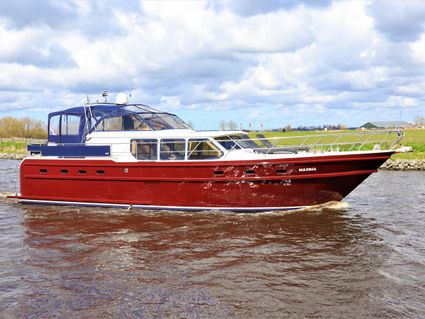 Terherne
Terherne
Direct boekbaar
from your location
-
Akkrum-Nes, altijd in beweging
-
Accept cookies to see this content.
Akkrum-Nes, altijd in beweging
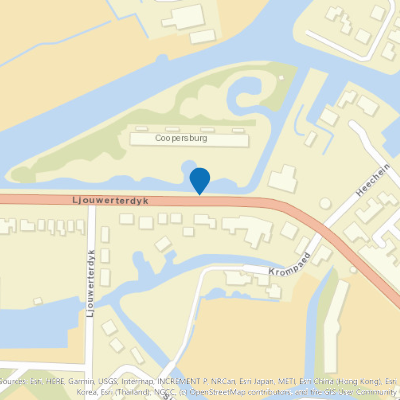 Akkrum
Akkrum
from your location
-
-
Glinstra State
Glinstra State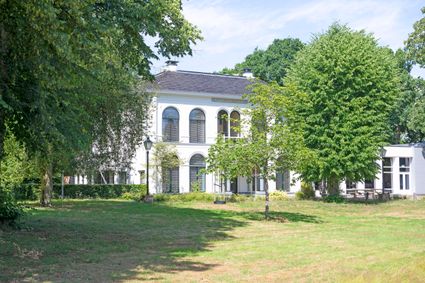 Burgum
Burgum
from your location
-
Alexanderkerk Rinsumageast
Alexanderkerk Rinsumageast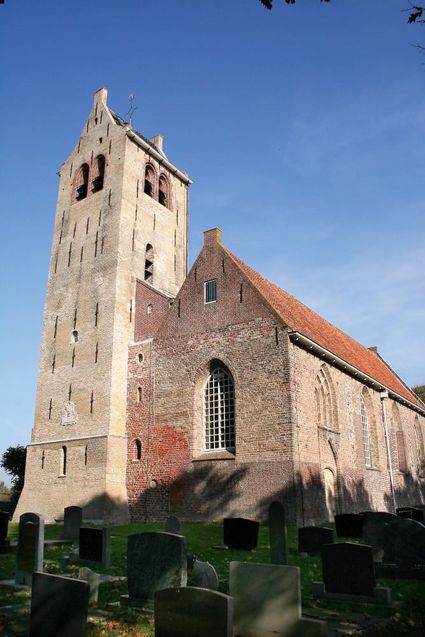 Rinsumageast
Rinsumageast
from your location
-
Hoolten Klinte & de Bosberg
Hoolten Klinte & de Bosberg Appelscha
Appelscha
from your location
-
Aan het Water - Schiphuiswoning
Aan het Water - Schiphuiswoning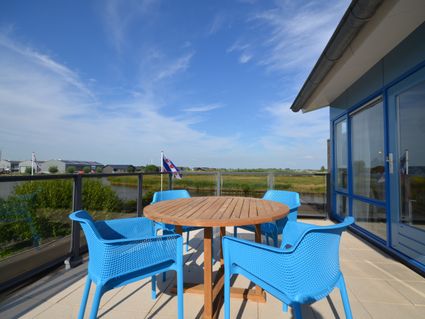 Heeg
Heeg
Direct boekbaar
from your location
-
Melkveebedrijf De Broodhoek
Melkveebedrijf De Broodhoek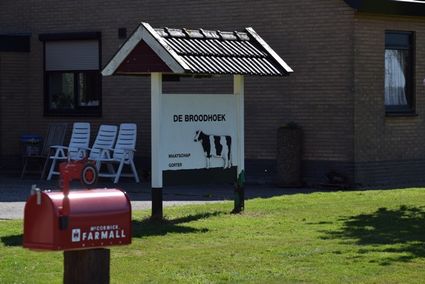 Appelscha
Appelscha
from your location
-
Stadswandeling door IJlst
Stadswandeling door IJlst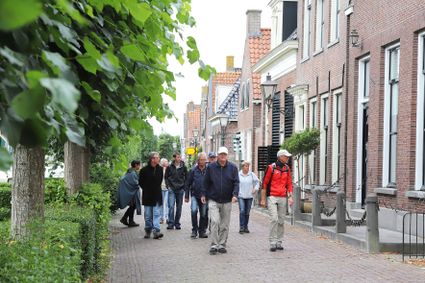 IJlst
IJlst
Direct boekbaar
from your location
-
Zwettepoel Recreational Lake
Zwettepoel Recreational Lake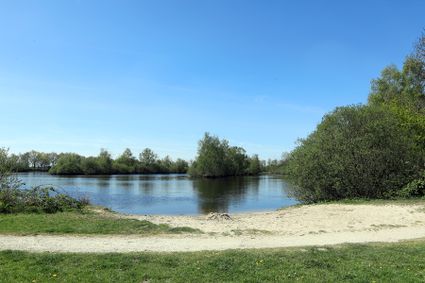 Broek
Broek
from your location
-
Blessum
Blessum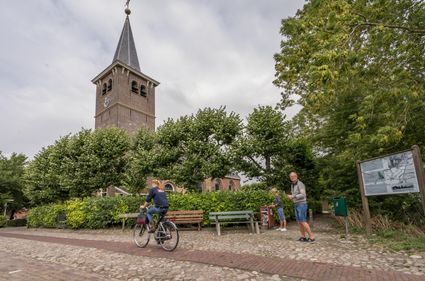 Blessum
Blessum
from your location
-
B&B Pension Perruque - Familiekamer
B&B Pension Perruque - Familiekamer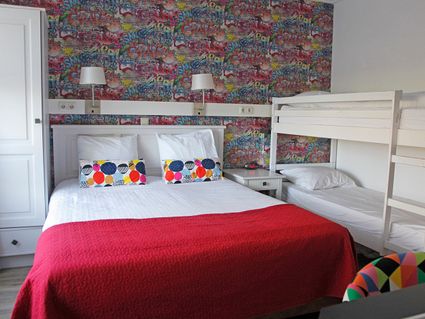 Koudum
Koudum
Direct boekbaar
from your location
-
Brasserie Spiegelaar
Brasserie Spiegelaar Leeuwarden
Leeuwarden
from your location
-
Hervormde Kerk Morra
Hervormde Kerk Morra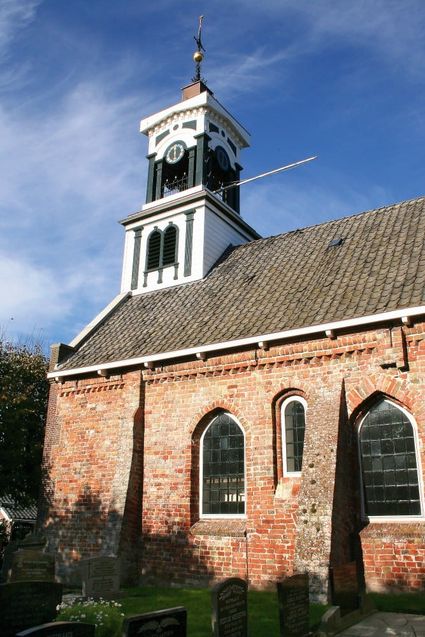 Morra
Morra
from your location
-
Yachtcharter Wetterwille - Gruno 41 Sinneskyn
Yachtcharter Wetterwille - Gruno 41 Sinneskyn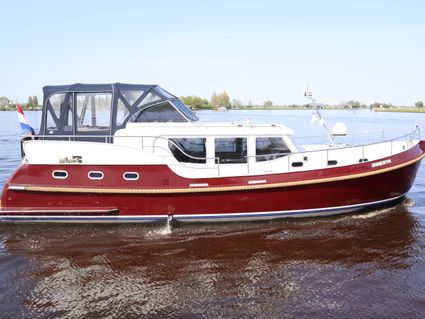 Terherne
Terherne
Direct boekbaar
from your location
-
Klokken uit de Harlinger torens gestolen
Klokken uit de Harlinger torens gestolen
Tijdens de oorlog werden zijn er door de bezetter duizenden Nederlandse carillons en kerkklokken uit de torens gestolen. De meeste klokken werden omgesmolten en het metaal werd gebruikt in de Duitse oorlogsindustrie. De helft van alle gestolen klokken bleef gelukkig bewaard en kwam terug naar de torens in de dorpen en steden.
Vanaf het begin van de Duitse bezetting in 1940 mochten de klokken niet meer geluid worden.
In juni 1941 werd een bevel uitgevaardigd dat metalen voorwerpen zoals lood, koper en tin moesten worden ingeleverd, maar o.a. kerkklokken vielen daar toen niet onder. Omdat in de loop van de oorlog de metalen zeer schaars werden, werd die uitzondering in de herfst van 1942 ingetrokken. Op onttrekking stond een sanctie oplopend tot een gevangenisstraf van 5 jaar.In totaal zijn in Nederland 6700 klokken uit hun torens gehaald.
Op 11 maart 1943 werden de klokken uit de toen van de R.K. kerk gehaald. 12 maart volgden de klokken van de Raadhuistoren en op 12 april onderging de klok van de N.H. kerk hetzelfde lot.De klok van het vroegere kantongerechtsgebouw, in de Volksmond het “Havenmantsje”, was al eerder verdwenen toen het door de Duitsers bovenste stuk van de toren werd gesloopt.
Na de oorlog bleek dat niet alle klokken al waren omgesmolten. 150 klokken van allerlei formaat en uit heel Friesland werden op zondag 18 november 1945 weer aangevoerd in de haven van Harlingen. Maandags werd dit historische feit op plechtige wijze herdacht. En, zoals gebruikelijk, voerde een rij aan sprekers daarbij het woord.
De klok van het “Havenmantsje”, daterend uit 1562, is in 1947 in Frankrijk (!) aangetroffen en is nadien weer teruggeplaatst.
Uiteindelijk bleek dat alleen de klokken van de RK Kerk al waren omgesmolten. Voor dit verlies was een schadevergoeding per kilo vastgesteld en zo werd voor deze geroofde klokken een schadevergoeding van ƒ 3117,- betaald, vermeerderd met ƒ 590,90 rente, bij lange na niet genoeg om nieuwe klokken van te laten gieten.
 Harlingen
Harlingen
from your location
-
-
Camping Lan en Mar - Terras Chalet
Camping Lan en Mar - Terras Chalet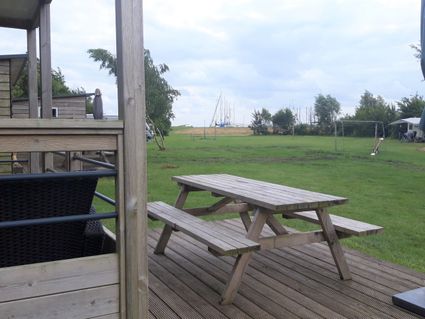 Heeg
Heeg
Direct boekbaar
from your location
-
Watertoren St. Jabik
Watertoren St. Jabik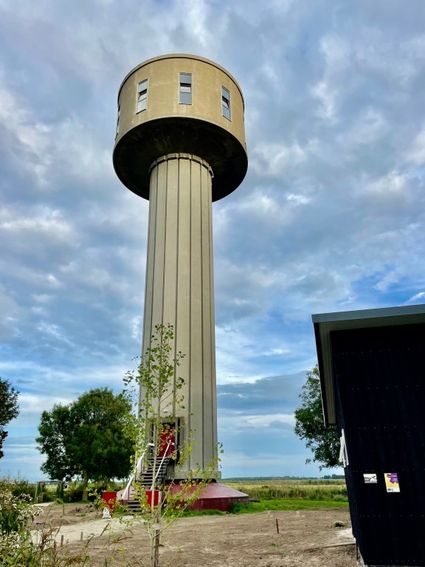 Sint Jacobiparochie
Sint Jacobiparochie
from your location
-
Schelp van de Waddenoester
Schelp van de Waddenoester Wierum
Wierum
from your location
-
It Set
It Set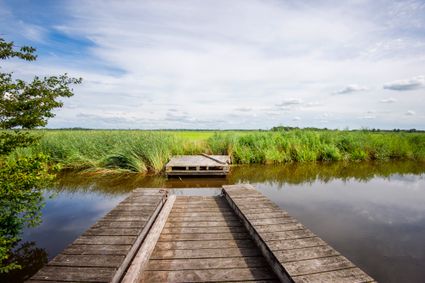 Gytsjerk
Gytsjerk
from your location
-
The liberation of Leeuwarden
The liberation of Leeuwarden
On 11 April 1945, it became clear that German resistance in the north of the Netherlands was limited. On 12 April, the Allies seized this opportunity to advance on Friesland as quickly as possible. One of the main goals was to liberate Leeuwarden. The 9th Canadian Infantry Brigade was designated for this purpose. But things would turn out differently.
On 12 April, the Royal Canadian Dragoons entered Friesland at Noordwolde. They were to conduct reconnaissance with their armoured vehicles and reach the Wadden Sea as quickly as possible. As a result, the German troops in Friesland and Groningen would be separated.
On the night of 14 to 15 April, three Squadrons of the Dragoons were at Suameer. Burgum could not be reached earlier that day, because the bridge at Burgummerdam had been blown up by the Germans.
Meanwhile, all sorts of things were happening in nearby Leeuwarden. On 12 April, the airfield had been blown up by the Germans. And they left the city on 14 April. Leeuwarden would not be defended. The Burgerweeshuis (Civil Orphanage) that had housed several German agencies was set on fire. An attempt to blow up the telephone exchange failed due to an ingenious intervention by the resistance. In the early morning of 15 April, the resistance also took to the streets en masse to occupy important points and to capture Germans who had remained behind.
The Dragoons in Suameer were in contact with the resistance in Leeuwarden. Due to various reports, it was unclear whether there was now heavy fighting in Leeuwarden or whether the Germans had left the city completely. Because the Germans had blown up important bridges on the route from Heerenveen to Leeuwarden, the infantry could not quickly provide assistance.
So, the Dragoons went to take a look for themselves. Initially, a patrol of four vehicles was sent via the Groningerstraatweg into the city around half past eleven. One of the Canadians in those vehicles recorded the following:
"As we entered the city, passing through the concrete barrier by the narrow passageway left for normal traffic, we were met by an almost hysterical patrol of Resistance men [...] In a few moments the news of our arrival had spread through the city, and we were given a fantastic welcome as we rolled slowly forward into the centre of town."A resident of Leeuwarden recalled:
"We lived close to the Groningerstraatweg, where our liberators passed. Many hundreds of us stood there, all happy spectators. All of a sudden, two ladies from the row flung themselves forward and threw their arms around the Canadians' necks, saying: "Oh darlings, you’re here at last!"After the patrol determined that the coast was clear, the entire C Squadron, a detachment of the Royal Canadian Engineers and Regimental Headquarters of Lieutenant-Colonel Landell followed. Leeuwarden had been liberated. After this, thousands took to the streets. One of the Canadians wrote:
"We halted, and were immediately surrounded by laughing, yelling mobs of people, bringing flowers to give to us, and cheering every move. The Resistance men were everywhere, doing their best to keep the people within bounds and off the cars, but their efforts were hardly necessary. I never saw a more satisfying gathering in my life."Leeuwarden had been liberated by the Dragoons through unexpected circumstances. On the night of 15 to 16 April, Canadian infantry moved into the city.
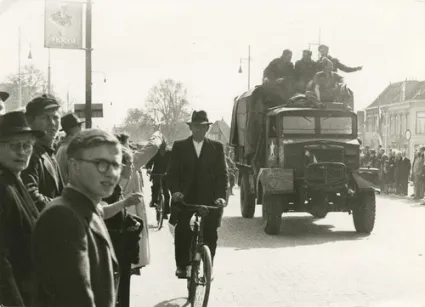 Leeuwarden
Leeuwarden
from your location
-
-
Lyts Ropta
Lyts Ropta Pietersbierum
Pietersbierum
from your location
-
Sculpture Centre Koudum
Sculpture Centre Koudum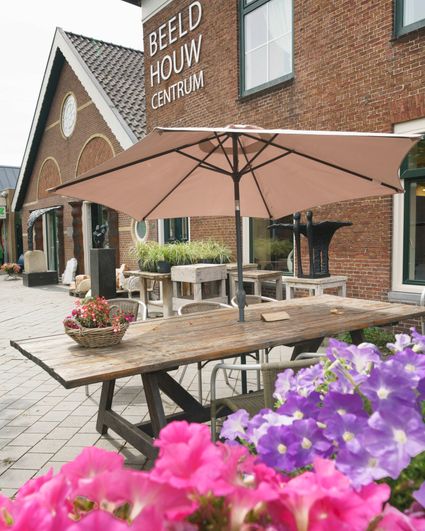
New
Koudum
from your location
-
Rent to Enjoy
Rent to Enjoy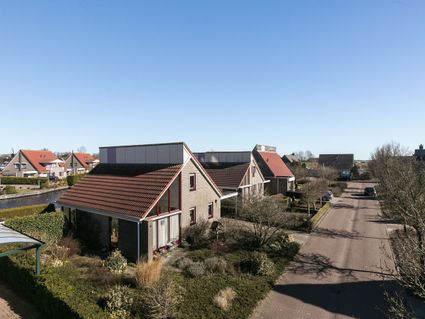 Warns
Warns
Direct boekbaar
from your location
